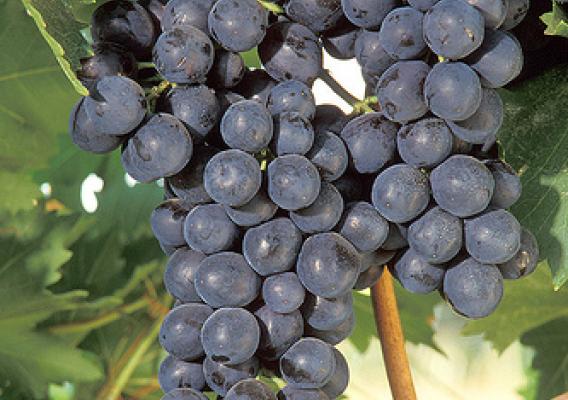This post is part of the Science Tuesday feature series on the USDA blog. Check back each week as we showcase stories and news from USDA’s rich science and research portfolio.
When it comes to grapes, there’s a New World-Old World dichotomy. Grapevines originating in the Americas (e.g. Vitis labrusca, Vitis riparia) can resist pests and diseases, but they generally don’t have the taste or aroma of grapes with European origins (Vitis vinifera). But European grapes are more susceptible to pests and disease.
Grape breeders try to combine the best of both worlds, but here’s the problem: if you cross one grape with another, there is no guarantee your progeny will inherit the desirable traits. And because it takes so much time to grow a grapevine, produce grapes from those vines, and for those grapes to be evaluated, bringing a new grape to market can take 20 years or more. Scientists can speed things up by identifying genes that give grapes the right blend of the best characteristics. Identifying the genes will tell you the characteristics of the vine without having to wait for it to grow.








